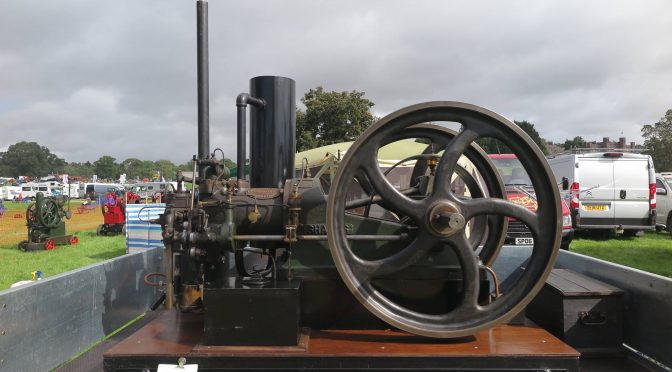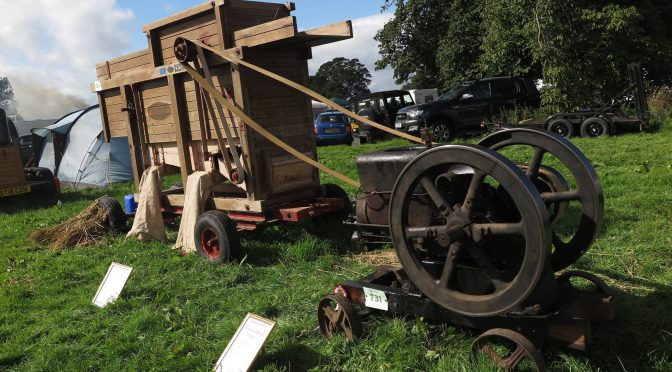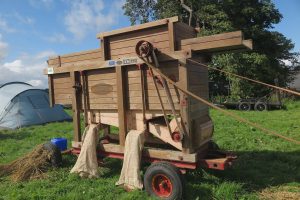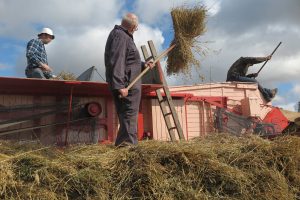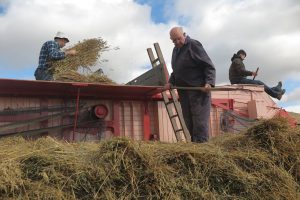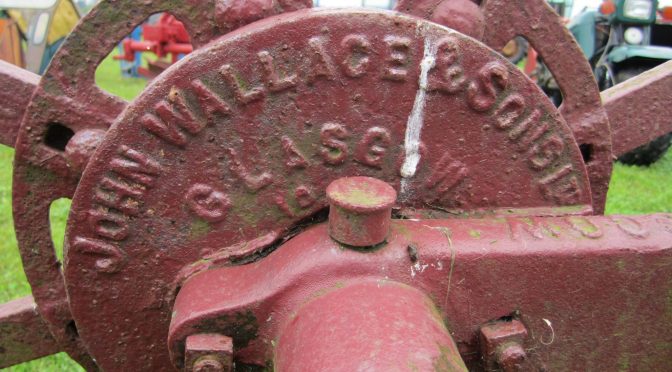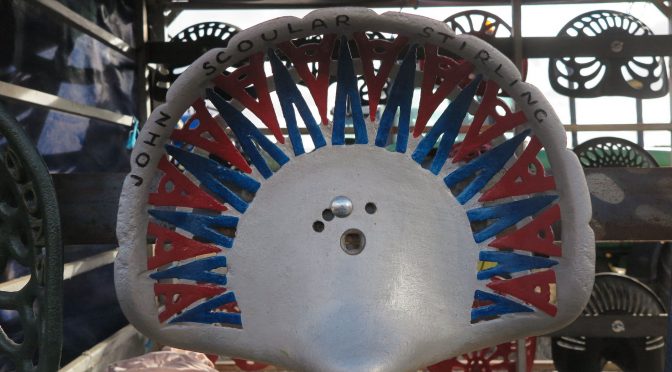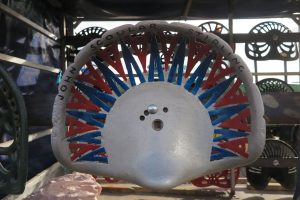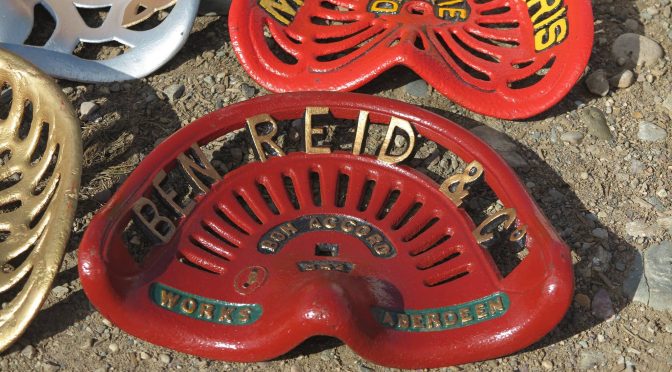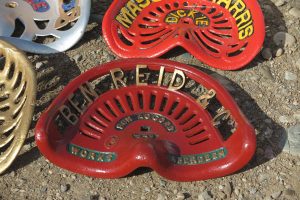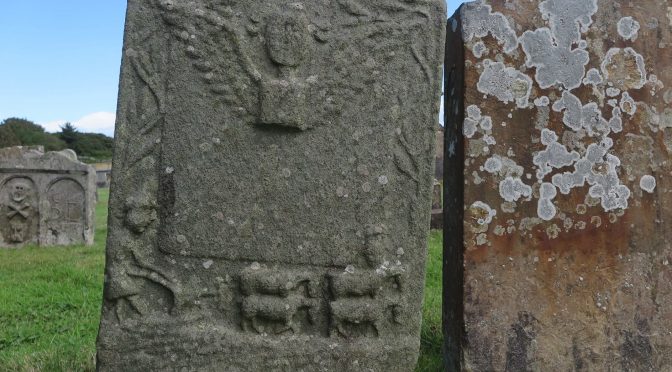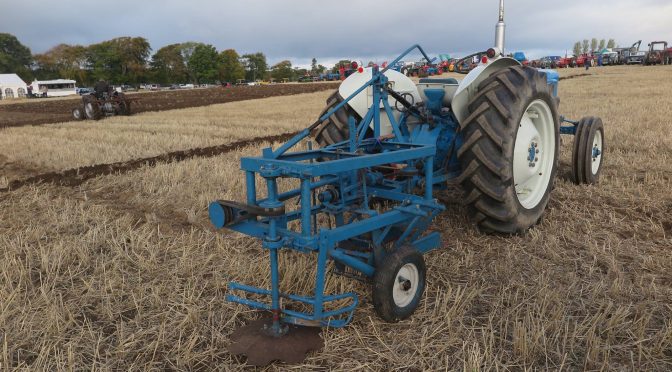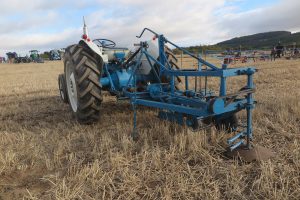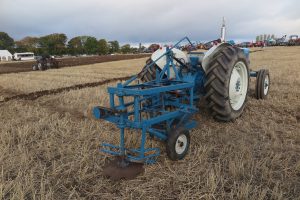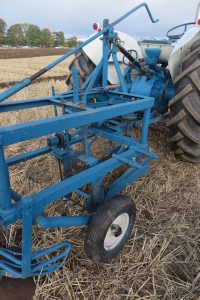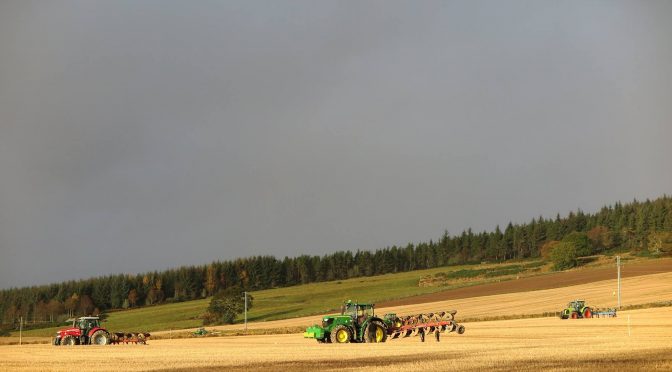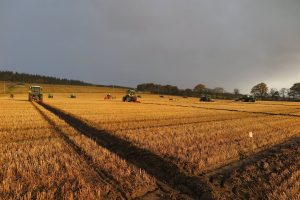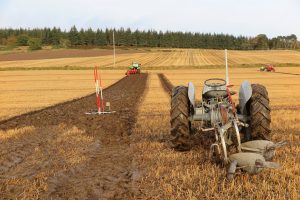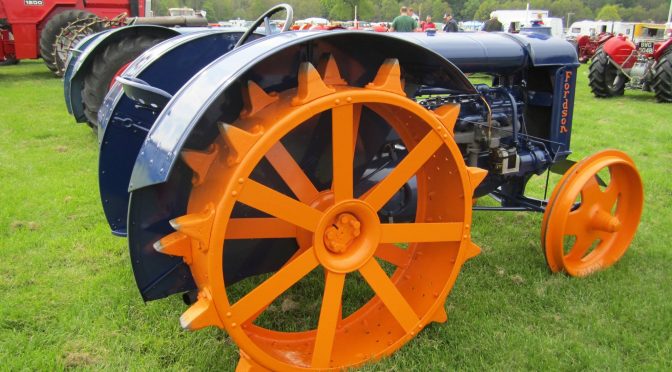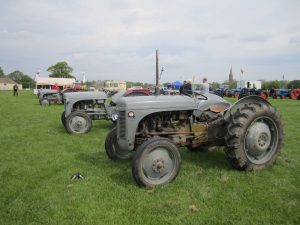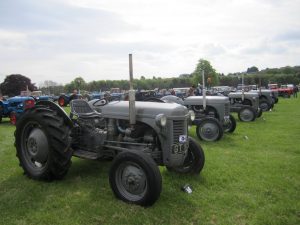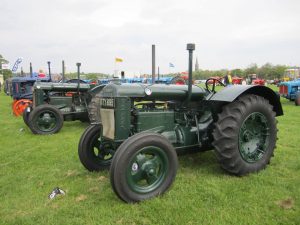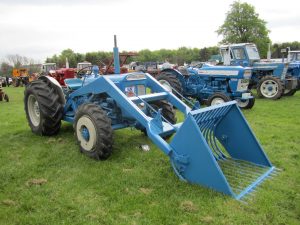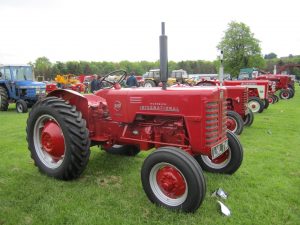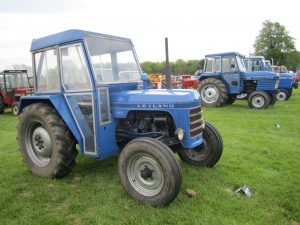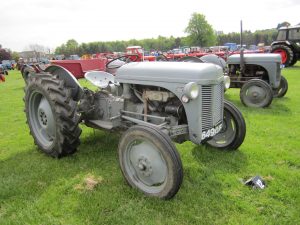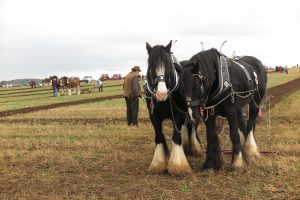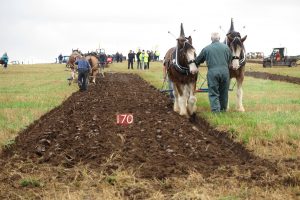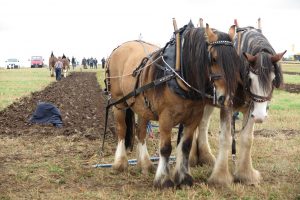Alexander Shanks started his business in 1804. By two years later he had patented his first lawn mower’ lawn-mowers were to be closely associated with the Shanks name for made decades afterwards.
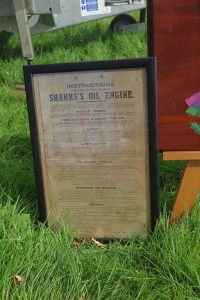 Alexander Shanks & Son was established in 1840 to manufacture steam engines, iron bridges and steam cranes. By 1849 the company described itself as “Alexander Shanks & Son, machine makers, Ogilvie Place, Arbroath”. It was to change its address a few years later in 1853 when it moved to Dens Iron Works where it remained until its closure well into the second half of the twentieth century. It was one of the earliest Scottish agricultural implement and machine makers to become a company limited by guarantee, which it did so by 1893.
Alexander Shanks & Son was established in 1840 to manufacture steam engines, iron bridges and steam cranes. By 1849 the company described itself as “Alexander Shanks & Son, machine makers, Ogilvie Place, Arbroath”. It was to change its address a few years later in 1853 when it moved to Dens Iron Works where it remained until its closure well into the second half of the twentieth century. It was one of the earliest Scottish agricultural implement and machine makers to become a company limited by guarantee, which it did so by 1893.
 The company was a forward and outward looking one. It was one of the few Scottish agricultural implement makers to have an address in London: it opened its Leadenhall Street office around 1860 (later Cannon Street by 1893). It also had a number of representatives, including J. C. Soutar, Uddingston, by 1904. It sold its manufactures around the globe.
The company was a forward and outward looking one. It was one of the few Scottish agricultural implement makers to have an address in London: it opened its Leadenhall Street office around 1860 (later Cannon Street by 1893). It also had a number of representatives, including J. C. Soutar, Uddingston, by 1904. It sold its manufactures around the globe.
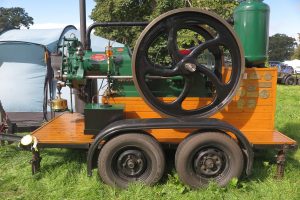 In Scotland the company attended the Highland Show from 1852 until 1962. The Royal Highland and Agricultural Society of Scotland gave it a commended award for its mowing and rolling machines at the show of 1859.
In Scotland the company attended the Highland Show from 1852 until 1962. The Royal Highland and Agricultural Society of Scotland gave it a commended award for its mowing and rolling machines at the show of 1859.
James Shanks had a number of patents, especially before 1878. These included:
1147 of 21 May 1855, to James Shanks, machinist, Arbroath, for an invention of ‘improvements in mowing machines’
1700 of 19 July 1859 to James Shanks, machinist, Arbroath, for an invention of ‘improvements in mowing machines’
3031 of 10 November 1862 to James Shanks, machinist, Arbroath, for the invention of ‘improvements in mowing machines’
1185 of 11 May 1863, to James Shanks, machinist, Arbroath, for the invention of ‘improvments in machinery for cutting or shearing the edges of grass or turf’
 1185 of 11 May 1863, to James Shanks, machinist, Arbroath, for the invention of ‘improvements in machinery for cutting or shearing the edges of grass or turf’
1185 of 11 May 1863, to James Shanks, machinist, Arbroath, for the invention of ‘improvements in machinery for cutting or shearing the edges of grass or turf’
982 of 2 April 1867, to James Shanks, Arbroath, for the invention of ‘improvements in cutting the hair of horses or other animals, and in the machinery or apparatus employed therefore’
2315 of 12 August 1867, to James Shanks, Arbroath, and John Cargill, Leadenhall Street, London, for the invention of ‘improvements in lawn mowing machines’
1517 of 25 May 1870 to James Shanks, Arbroath, for an invention of ‘improvements in wheels for traction steam engines and other heavy vehicles’
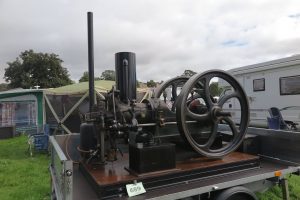 2869 of 30 August 1873 to James Shanks of Alexander Shanks and Son, Arbroath, and John Thyne, Arbroath, Manager to Alexander Shanks and Son, for the invention of ‘improvements in steam boilers’
2869 of 30 August 1873 to James Shanks of Alexander Shanks and Son, Arbroath, and John Thyne, Arbroath, Manager to Alexander Shanks and Son, for the invention of ‘improvements in steam boilers’
631 of 16 February 1876, to James Shanks, for the invention of ‘improvements in portable steam cranes’
694 of 20 February 1877 to James Shanks and James Gordon Lyon, Forfar, for the invention of ‘improvements in machines for clipping the edges of turf on lawns, pleasure grounds, verges, and such like’
3237 of 25 August 1877 to James Shanks and James Gordon Lyon, Arbroath, for the improvement of ‘improvements in steam engines’
3237 of 25 August 1877 to James Shanks and James Gordon Lyon, Arbroath, for the invention of ‘improvements in steam engines’
2487 of 22 June 1878 to James Shanks and James Gordon Lyon, Arbroath, for the invention of ‘improvements in governors for motive-power engines’ )
4219 of 22 October 1878 to James Shanks and James Gordon Lyon, Arbroath, for the invention of ‘improvements in machinery or apparatus for excavating’.
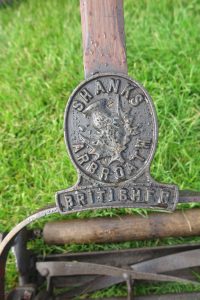 The company made a wide range of lawn mowers. In 1910 it exhibited at the Highland Show the following models: petrol motor lawn mower, “Triumph” horse mower, for golf course, “Caledonia” lawn mower, standard gear lawn mower, “Talisman” lawn mower, “Britannia” lawn mower, “Britisher” lawn mower, and “pony” lawn mower. It also sold a selection of malleable castings for agricultural engineers, millwrights, coach builders, cartwrights, motor car builders, shipbuilders and machinists.
The company made a wide range of lawn mowers. In 1910 it exhibited at the Highland Show the following models: petrol motor lawn mower, “Triumph” horse mower, for golf course, “Caledonia” lawn mower, standard gear lawn mower, “Talisman” lawn mower, “Britannia” lawn mower, “Britisher” lawn mower, and “pony” lawn mower. It also sold a selection of malleable castings for agricultural engineers, millwrights, coach builders, cartwrights, motor car builders, shipbuilders and machinists.
It also sold a range of oil engines. In 1910 they included a 2bhp, a 5 bhp, an 8 bhp, and a 14bhp. It also sold combined oil engines and pump.
The photographs of the Shanks oil engines were taken at Farming Yesteryear, September 2018.
